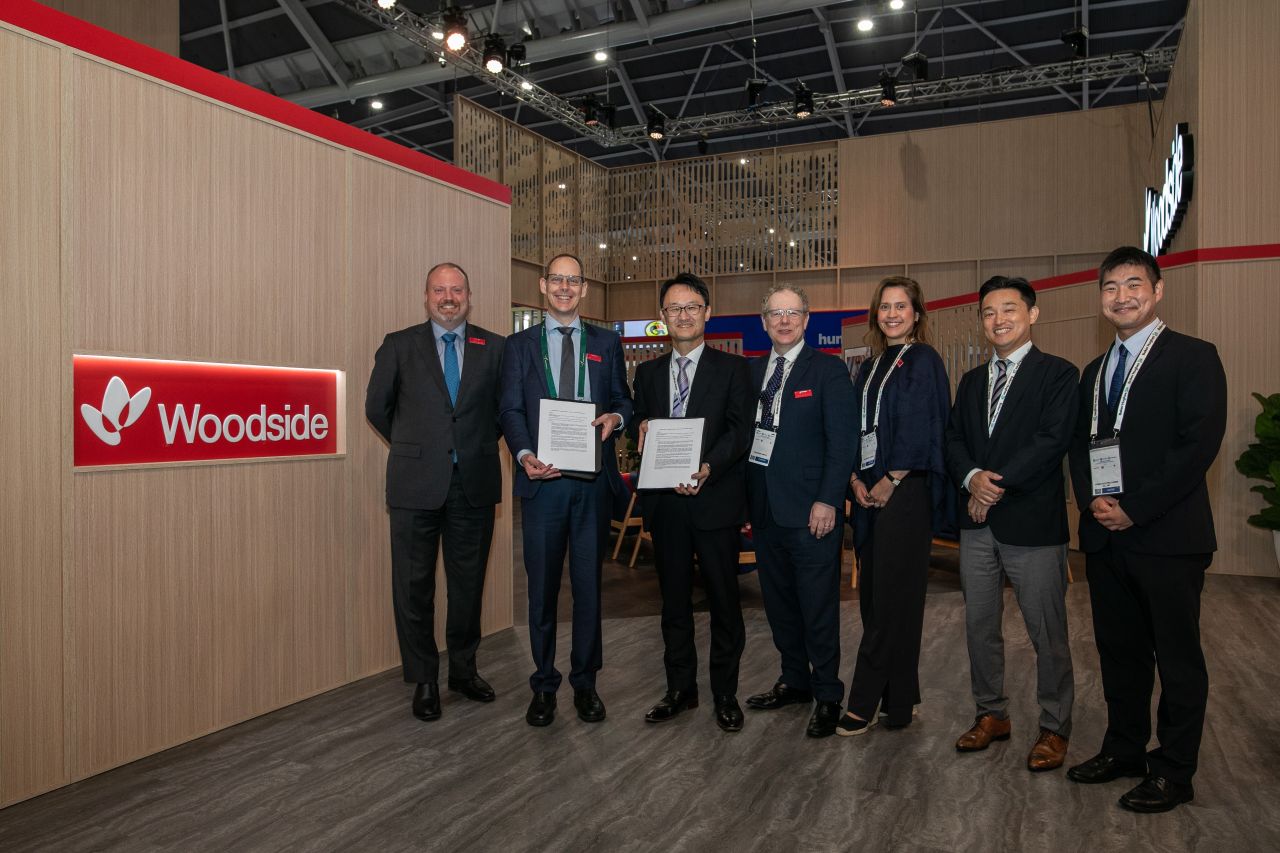Australian LNG producer Woodside and Japan’s Kansai Electric Power have signed a non-binding memorandum of understanding to enable studies of a potential carbon capture and storage (CCS) value chain between Japan and Australia.
Under the memorandum, Kepco plans to research the capture of carbon dioxide (CO2) emitted from its thermal power plants and its transport to Australia.
On the other hand, Woodside is progressing CCS projects in Australia and will conduct the study of injection and storage of CO2 delivered from Japan as well as the potential production of synthetic methane (e-methane), the LNG firm said in a statement.
The MoU outlines a generic value chain study, that will consider the end to end technical and commercial factors with the aim of progressing a future CCS value chain between Japan and Australia.
Also, the studies include an evaluation of storage opportunities in some of Australia’s offshore basins, Woodside said.
Woodside executive VP Shaun Gregory said the memorandum reflected the increasing demand for large-scale decarbonization solutions from Woodside’s industry partners in the Asia-Pacific region.
Moreover, Gregory said that CCS has the potential to provide a “pathway for Woodside’s customers and value chain participants in the region to decarbonize their own industrial emissions,”
“Australia, with its unique geology and offshore storage potential, has an opportunity to play arole in this emerging market, supporting the broader Asia-Pacific region in their climate goals and net zero aspirations,” he said.
Sumitomo, Toho Gas, and K Line
In addition to the deal with Kepco, Woodside has signed a a non-binding MoU with Japan’s Sumitomo, Toho Gas, and K Line to jointly conduct a feasibility study to establish a CCS value chain between Australia and Japan.
Under the study, the partners will investigate the feasibility of establishing an entire CCS value chain among the four companies, according to a joint statement.
They plan to capture CO2 emissions from various industries and companies in the Chubu region, Japan, and liquefy it by using CO2 separation and capture using unutilized LNG cryogenic energy being developed by Toho Gas.
After that, the partners plan to transport the liquefied CO2 with LCO2 carriers for
injection/storage at an Australian storage site, the statement said.

